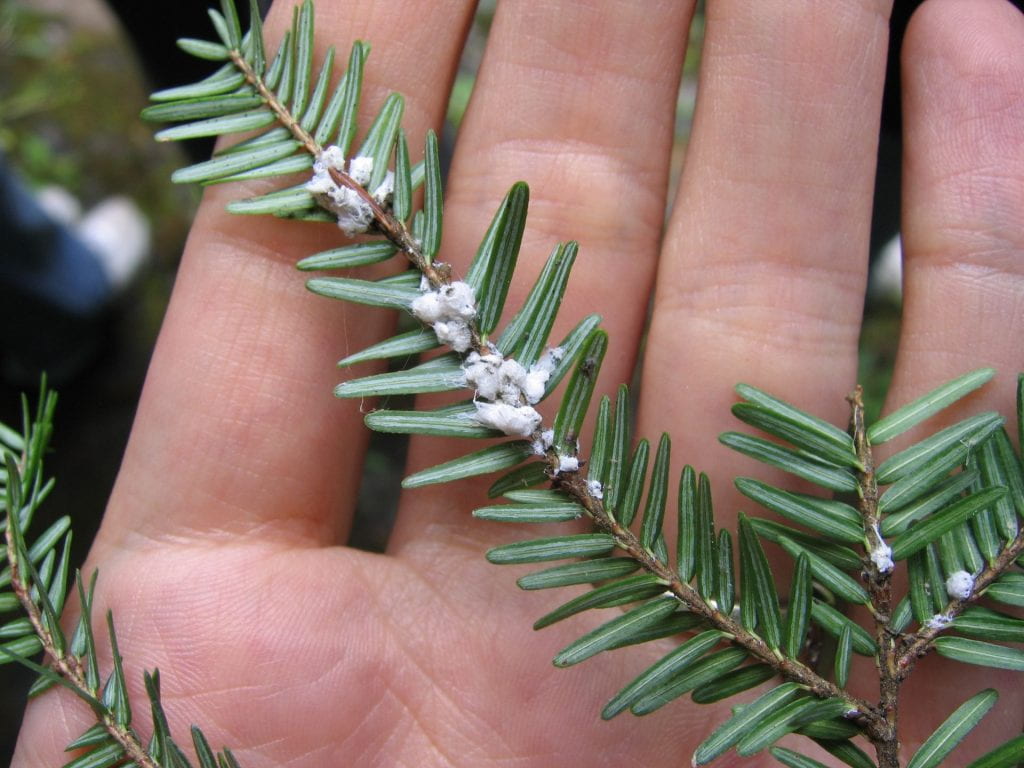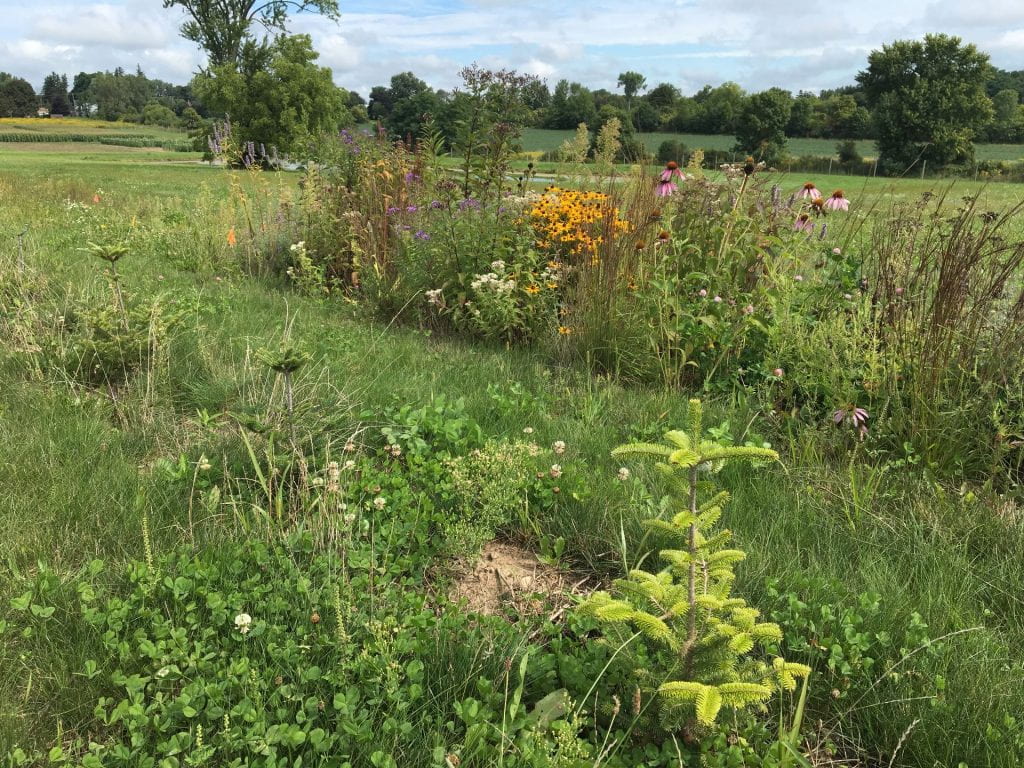
Last week, some colleagues told me about a cool online database that will help you learn more about how classical biocontrol is helping us fight invasive insects.
Classical biocontrol means introducing a natural enemy of a pest to help manage that pest. The natural enemy establishes a population where you have released it (and maybe even spreads), so that you don’t need to repeatedly release more natural enemies. It is a strategy that can be especially useful against invasive pests.
One thing that makes a pest invasive is the fact that when it arrives in a new place (for example, on a new continent), native organisms don’t eat it because they have not evolved with this new pest as a food source. Sometimes scientists can search the geographic area from which the invasive pest came and find a natural enemy of that pest. Many tests are done over a long period of time in order to assess potential unintended consequences of introducing this natural enemy to a new place. For example, scientists determine whether the new natural enemy is likely to also impact populations of native organisms (especially those that are not pests). Only after extensive study will this new natural enemy be released to help reduce populations of the invasive pest.
When done carefully, classical biocontrol can be a lower-risk solution to managing invasive pests compared to chemical pest management. It is also a long-term solution. The new natural enemy reproduces in its new geographic range and brings the invasive pest population into balance. The invasive species won’t be eliminated, but it will likely do less damage.
A new database from the University of Massachusetts lets you learn more about insects that have been introduced to North America to control invasive insect pests as classical biological control agents. You can Search the Catalog by the scientific name of the target pest, the scientific name of the natural enemy, information about where and when the natural enemy was first released, or other criteria.

You will need to know the scientific name of the pest or natural enemy you are interested in, but a quick Google search can help you with that. For example, Adelges tsugae is the hemlock woolly adelgid, which you may have heard about. If not, you can learn more here. Laricobius nigrinus was released to help manage hemlock woolly adelgid. Other examples include Agrilus planipennis (emerald ash borer) and Lilioceris lilii (lily leaf beetle). NYS IPM is involved in a project to use classical biocontrol to manage this last pest in NY.
As the days start to get shorter and cooler, you might find yourself spending more time indoors. And if that’s the case, why not spend some time learning more about how classical biocontrol is helping to manage pests in the landscapes around you?


